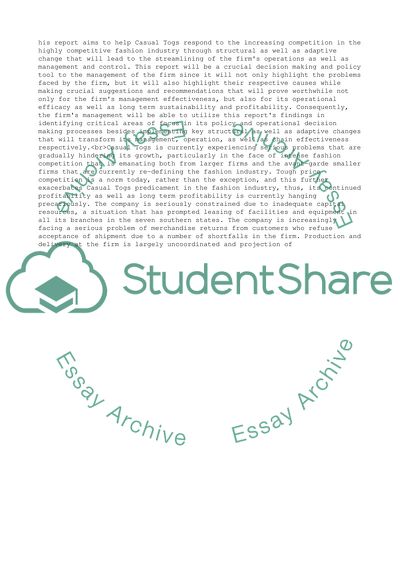Cite this document
(Organisational Behaviour Assignment Example | Topics and Well Written Essays - 3000 words, n.d.)
Organisational Behaviour Assignment Example | Topics and Well Written Essays - 3000 words. https://studentshare.org/management/1821788-organisational-behaviour
Organisational Behaviour Assignment Example | Topics and Well Written Essays - 3000 words. https://studentshare.org/management/1821788-organisational-behaviour
(Organisational Behaviour Assignment Example | Topics and Well Written Essays - 3000 Words)
Organisational Behaviour Assignment Example | Topics and Well Written Essays - 3000 Words. https://studentshare.org/management/1821788-organisational-behaviour.
Organisational Behaviour Assignment Example | Topics and Well Written Essays - 3000 Words. https://studentshare.org/management/1821788-organisational-behaviour.
“Organisational Behaviour Assignment Example | Topics and Well Written Essays - 3000 Words”. https://studentshare.org/management/1821788-organisational-behaviour.


